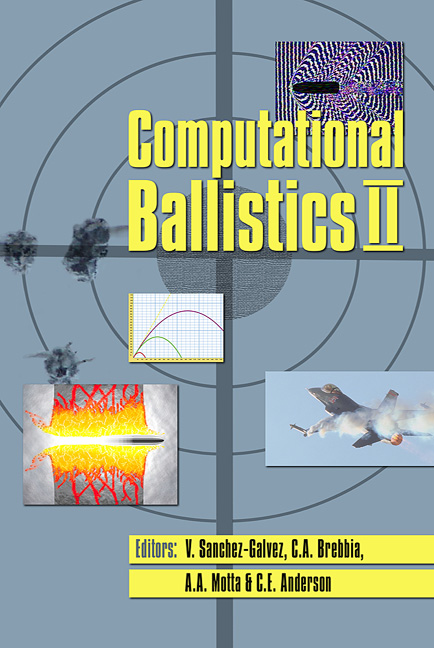Analytical And Numerical Simulations Of Ballistic Impact On Composite Lightweight Armours
Price
Free (open access)
Transaction
Volume
40
Pages
8
Published
2005
Size
1,566 kb
Paper DOI
10.2495/CBAL050011
Copyright
WIT Press
Author(s)
V. S. Gálvez
Abstract
This paper summarizes the utilization of analytical and numerical computation as valuable tools for lightweight armour design optimisation. Some examples of ceramic/metal and ceramic/composite lightweight add-on armours are presented to withstand ballistic impact of armour piercing projectiles. Keywords: ballistic impact, armour piercing projectiles, lightweight armours, analytical simulation, numerical simulation. 1 Introduction The last decades have seen a dramatic improvement in the perforation capability of modern weapons. Kinetic energy projectiles, shape charges and explosively formed projectiles (EFP) have increased its performance so that nowadays any lightweight armour with traditional materials can be defeated [1]. In parallel, vehicle protection has been also improved by using new materials, like ceramics and composites, by using composite armours and by utilization of reactive armours [2]. The optimisation of lightweight vehicle armour design against a definite threat is thus a difficult task due to the high number of parameters involved: material selection, thicknesses of different materials, impact obliquity, etc. A design based exclusively on experimental tests is therefore expensive in money and time. Analytical and numerical simulations are valuable tools for such lightweight armour design, enabling an important reduction on the number of fire tests required to check the performance of the solution. This paper summarizes some
Keywords
ballistic impact, armour piercing projectiles, lightweight armours, analytical simulation, numerical simulation.




